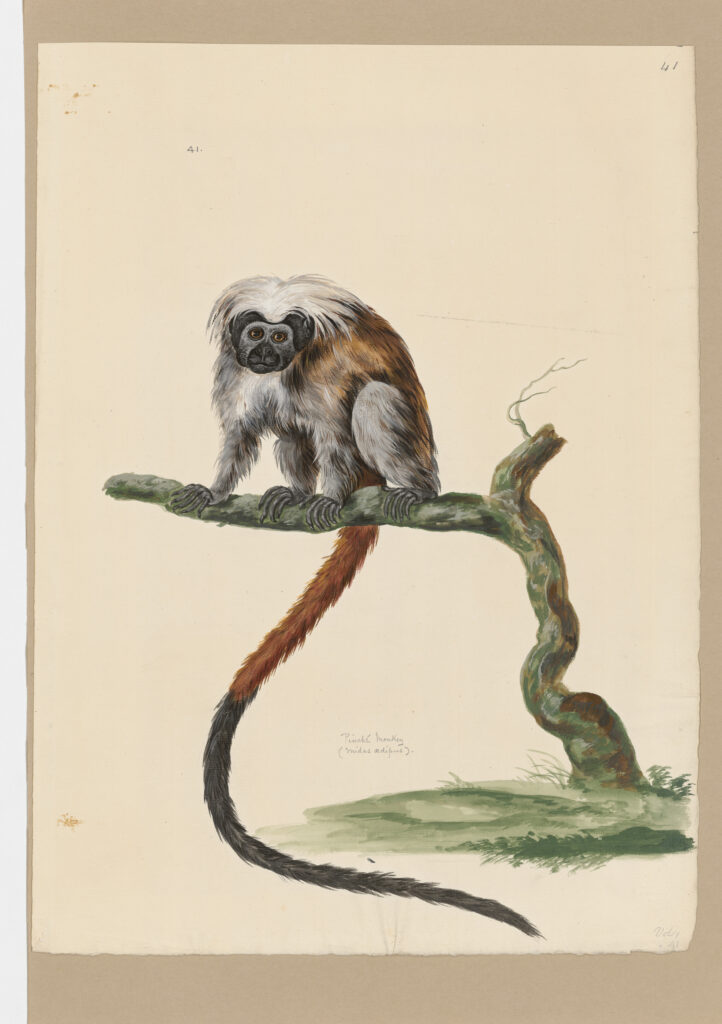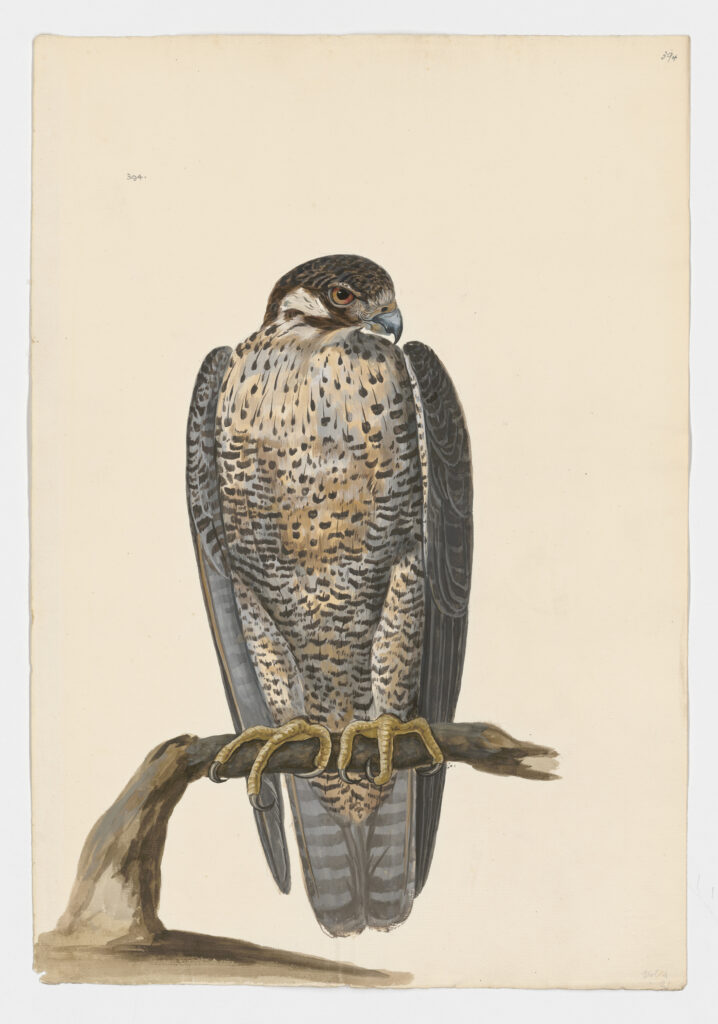Animal Identification
Before this project, none of the species in the Taylor White paintings had been identified with modern nomenclature, although some of them were labelled with older names. In order to catalogue the illustrations, every animal depicted had to be listed with up-to-date common and scientific names. Identifying species can be tricky, and sometimes it was impossible to determine the species with complete confidence from these renderings. However, these paintings are generally quite accurate to the creatures they portray and I was able to identify almost all of them or at least come up with a good guess.
To identify an animal, I would start by thinking about what family or broad category it was in by looking at traits such as beak shape and size. For example, if it was a bird, I might have asked myself if it was a raptor, a woodpecker, a finch, etc. Then I would look through field guides along with other materials to determine the species name, comparing photographs and illustrations of different species to the painting. I found the Princeton field guides particularly useful, especially for birds. In terms of online resources, eBird and the affiliated Cornell Lab of Ornithology were very helpful in providing lots of photographs and up to date taxonomic information such as scientific names. For mammals, the Oxford Encyclopedia of Mammals was quite helpful, as was Noel Rowe’s Pictorial Guide to Living Primates. There are many other books about specific groups of animals that I found useful, such as Pigeons and Doves by David Gibbs, John Cox, and Eustace Barnes, and Richard Thorington’s Squirrels of the World. Finally, for the cases where I was really stumped, I contacted Robert Montgomerie, an evolutionary biologist and ornithologist emeritus professor at Queen’s University.
–Vida Javidi

